

For many individuals planning a visit to the United States on a B1/B2 Visa, presenting a well-crafted invitation letter can significantly strengthen their application. While not mandatory, an invitation letter from a U.S. citizen or Legal Permanent Resident (LPR) can positively impact the visa process, especially when it highlights strong ties to the applicant’s home country. Here, we explain what makes an effective invitation letter for a U.S. visitor visa.
The letter should originate from the host and detail their relationship with the visitor. It should be dated, contain both parties’ full information, and specify the hosting arrangements and travel dates. Crucially, it should emphasize the temporary nature of the stay in the U.S.
Below is a template of how such a letter might be structured:
[Host’s Full Legal Name]
[Host’s Full U.S. Address]
Dear [Visitor’s Full Legal Name],
I, [Host’s Name], am delighted to invite you to the United States to celebrate my 50th wedding anniversary in Buffalo, NY, on February 21, 2050. You will be accommodated at my Buffalo, NY, residence from February 21 to February 28. Our plans include visiting Niagara Falls, Letchworth State Park, and Fort Niagara. I will cover the costs of your round-trip airfare, food, and medical insurance during your stay. Your presence would mean a lot to us.
[Host’s Contact Information]
Accompany this letter with relevant documents such as event invitations, proof of roundtrip airfare, host’s identification or passport, accommodation proof, and a detailed travel itinerary.
For B Visa applicants, remember:
Crafting an invitation letter with these elements can significantly enhance the credibility of your B1/B2 Visa application and facilitate your travel plans to the United States.
You may have questions regarding U.S. immigration laws and visas. We invite you to contact our team at Richards and Jurusik for detailed guidance and assistance. We aim to provide the most accurate and up-to-date information to make your immigration process smoother and less stressful. The immigration lawyers at Richards and Jurusik have decades of experience helping people to work and live in the United States. Read some of our hundreds of 5-star client reviews! Contact us today to assess your legal situation.
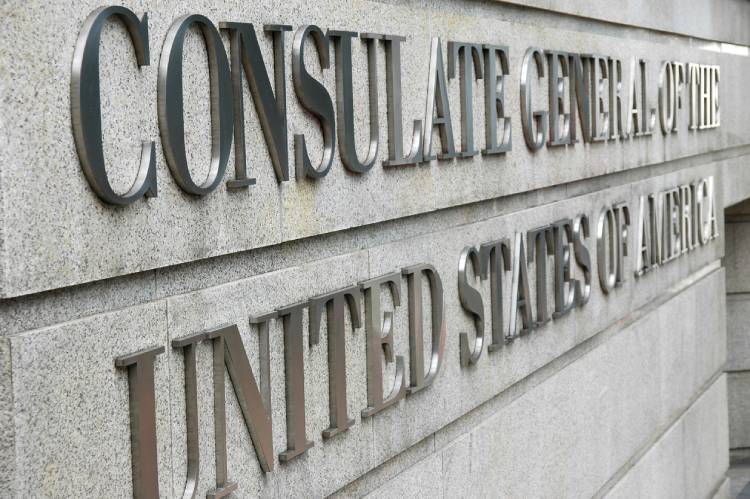
The visa application process can be daunting and filled with uncertainty, especially if your circumstances change. You may have asked, “Can I transfer my visa application to another consulate?” The answer isn’t straightforward; this post discusses the possibilities of transferring your immigration case from one consulate to another.
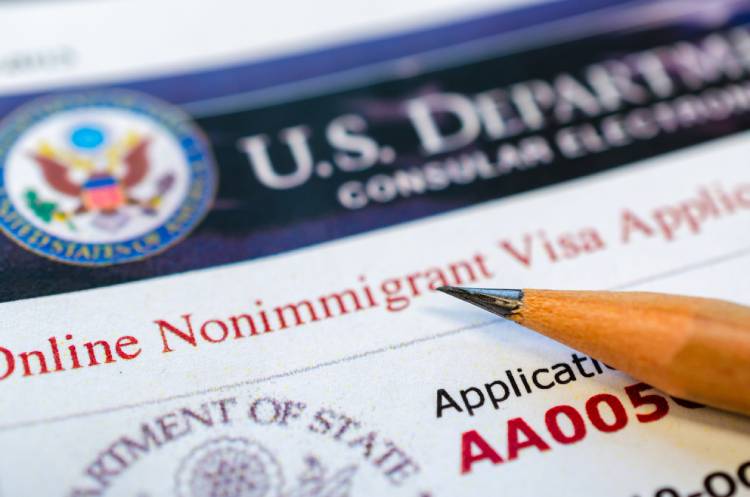
With remote work transforming the definition of “work”, how does one evaluate a visitor’s intent to enter the US? Precedent cases and CBP’s perspective give clarity on this scenario.
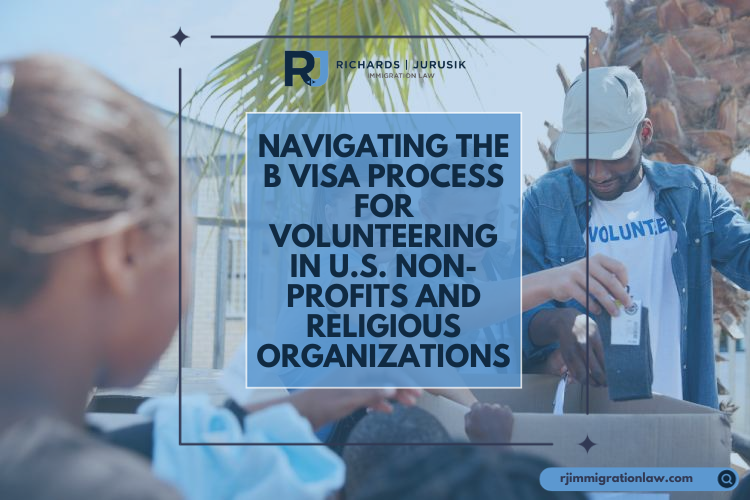
Essential guide on how to apply for a U.S. B visa for volunteering activities in non-profit or religious organizations, with insights into eligibility, documentation, and visa conditions.
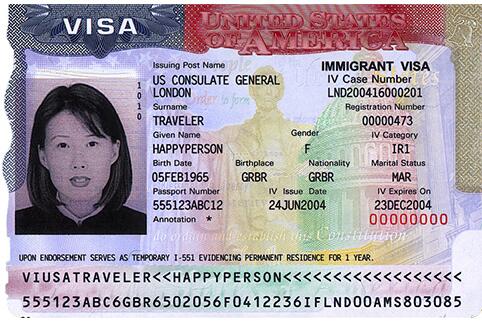
In U.S. immigration, Temporary I-551 Stamps and Machine-Readable Immigrant Visas (MRIVs) serve as pivotal components, offering tangible evidence of permanent resident status. This blog post is your comprehensive guide to understanding these critical elements, their importance for immigrants and employers, and the proper management procedures.
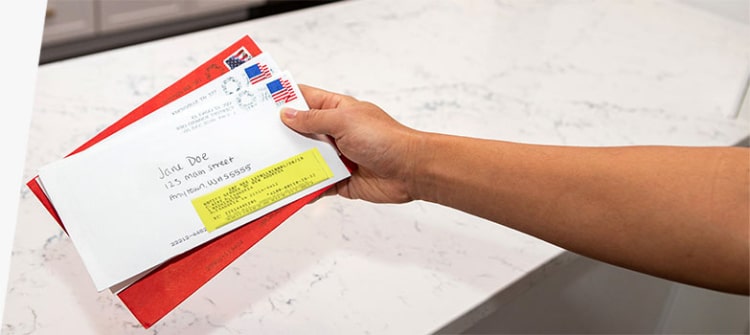
If you’ve recently relocated or have plans to move as a non-citizen, staying compliant with USCIS regulations is crucial. This comprehensive guide sheds light on the importance of updating your address with USCIS, the optimal timing to do so, and the methods available for a seamless process.
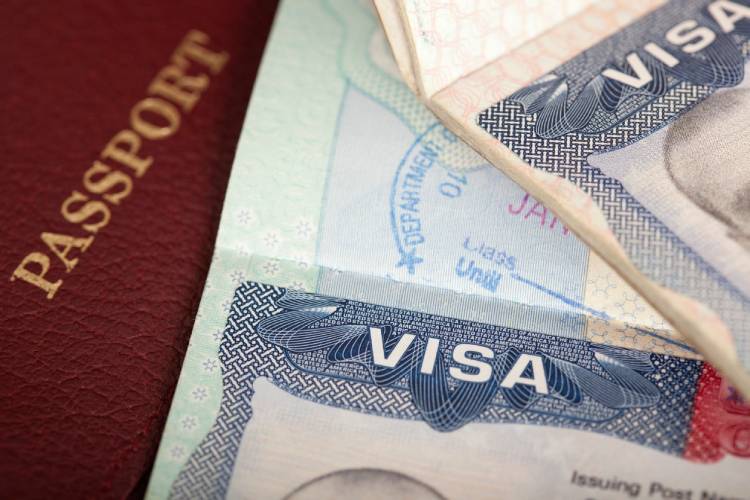
Visa and status are two fundamental concepts in immigration law that are often confused. While a visa allows you to seek entry into a foreign country, your status defines your legal standing in that country during your stay. Mastering these concepts can greatly assist your immigration journey.